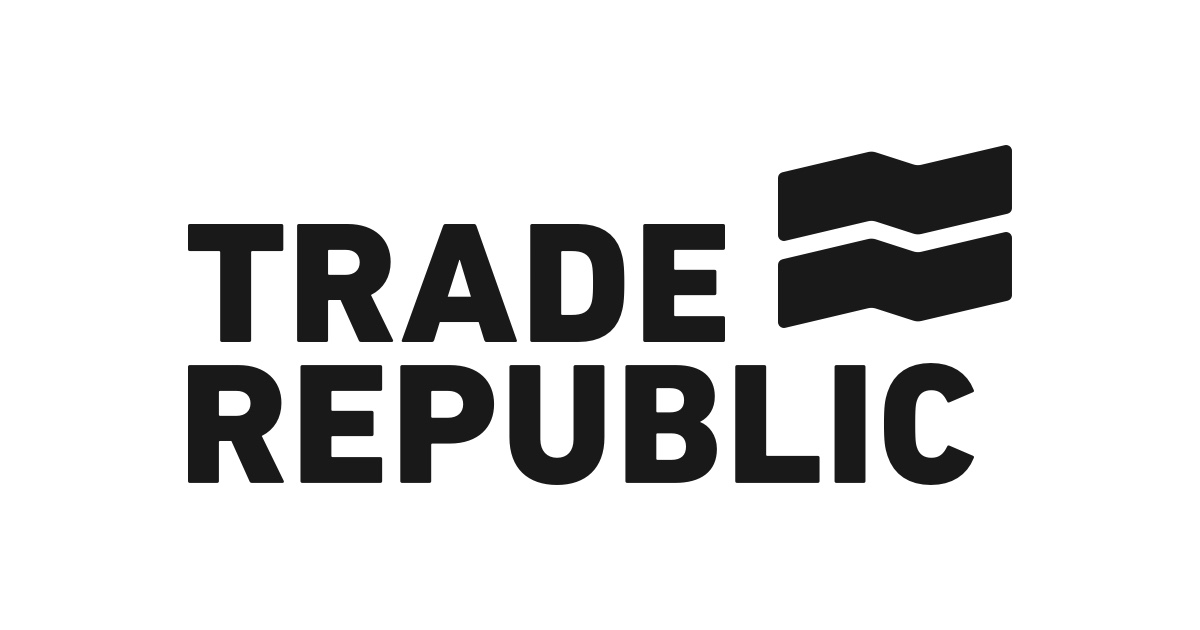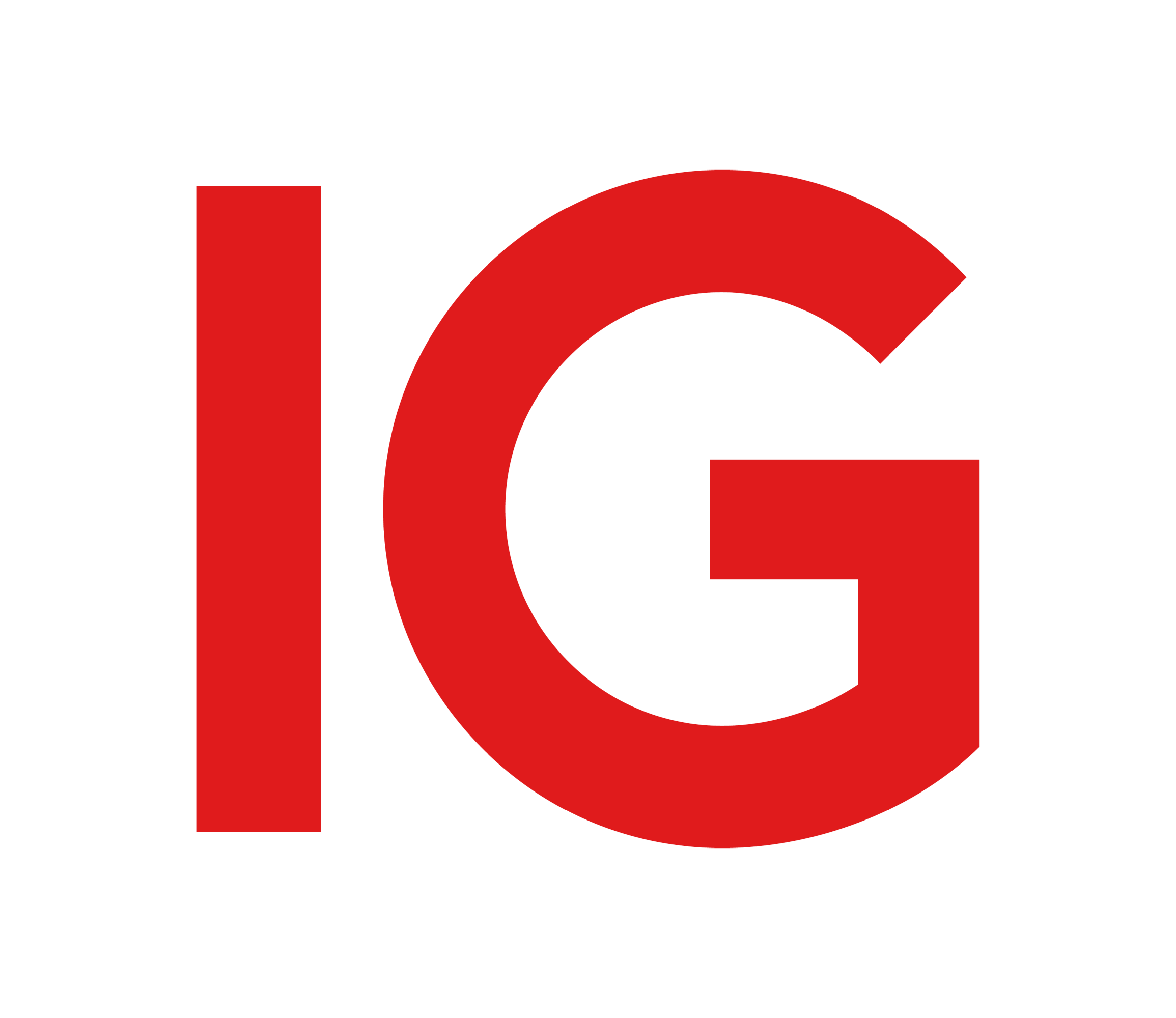Investing
Investing is growing in popularity, as online investment platforms make it more easy and accessible. You can start investing with only small amounts. There are platforms to invest in almost anything, from stocks and bonds to business loans, peer-to-peer loans and cryptocurrency.
Investing is popular in Europe
 Investing is growing in popularity across Europe. For example, around 30 percent of households in the United Kingdom invest in stocks or similar assets, and 15 percent of German households.
Investing is growing in popularity across Europe. For example, around 30 percent of households in the United Kingdom invest in stocks or similar assets, and 15 percent of German households.
Although this number is much higher in the United States (around 50 percent), investing in the stock markets is rapidly growing in Europe.
30% of households in the UK invest in the stock market.
Between 2015 and 2018, the European alternative finance market tripled. This includes investing opportunities like crowdfunding, peer-to-peer and business lending and cryptocurrency. And eToro, a leading worldwide trading platform, has around 20 million users of which nearly 70 percent are located in Europe.
Bank versus investment platforms
 So, investing in stocks is growing in popularity. But how do you start with it yourself? The old fashioned way is to open an investment account with a bank, although this is not always recommended. The costs of such an brokerage account can be very high and options or user-friendliness are often better at an online broker. Therefore, trading apps and investment platforms of new online brokers are the more popular and easy option.
So, investing in stocks is growing in popularity. But how do you start with it yourself? The old fashioned way is to open an investment account with a bank, although this is not always recommended. The costs of such an brokerage account can be very high and options or user-friendliness are often better at an online broker. Therefore, trading apps and investment platforms of new online brokers are the more popular and easy option.
When choosing your investment platform, make sure to compare the costs. Fees can differ a lot depending on the platform. If starting your account is cheap, the cost per transaction might be higher and vice versa. There may also be some additional service fees. A fee of 1 percent may sound like very little. But with an annual return rate of 5 percent, this is already one fifth of your yearly profits.
Make sure to compare the costs of trading, as it can differ a lot per platform.
Lastly, compare the portfolios of different platforms. Your investment of choice, like crypto and bonds, might not be available with every bank or broker platform. Of course you can use multiple platforms to counteract this, but maybe you do not want to at the beginning. Below you will find different popular options to consider.
European investment platforms
Investment platforms that are popular to start with are:
If you want to trade and invest all by yourself eToro is currently Europe’s online brokerage champion. You can trade in stocks, commodities, crypto and other currencies. Templates allow you to invest directly in a variety of sectors. Don’t invest unless you’re prepared to lose the money you invest.
With the platform Trade Republic, you can invest in 10,100 stocks and ETFs. Start investing in fractional shares from 1 euro. You also earn 4 percent interest on uninvested balances.
Via Bitpanda you can easily invest in well-known stocks such as Apple, Microsoft, or Tesla or invest in the larger ETFs. In addition, it offers many cryptocurrencies such as bitcoin, ethereum and solana and you can invest in commodities such as gold and silver via the platform.
Platform for experienced traders familiar with the trading and risks of turbos, CFDs, barriers, forex and derivatives. Please note that these are complex instruments and, due to the leverage effect, bring a high risk of rapidly mounting losses. 75% of investors suffer losses on these trades.
How much should you invest?
Before looking at different types of investments, it is important to consider how much money you can or want to put in. Investing always comes with risk, and it is possible that you lose your investment. Therefore it is recommended to only invest surplus funds that you can miss without serious consequences. Like, for example, extra savings that you will not need for the foreseeable future.
The risks differ per investment.
The amount of risk differs per investment: a bond is considered relatively safe, while funding a startup or new cryptocurrency is high risk. The higher the risk, the bigger the chance you lose part or all of your investment.
Additionally, you do not have to be rich to start investing. A trading platform sometimes asks for a minimum amount though, like for example 50 euros. Overall it is common to invest a few hundred or thousand euros at first, so you get lower transaction costs. If you have a lot to spare, it is better not buying all at once but to spread it out over a matter of months. This is because the market fluctuates and you will minimize the risk of a market downturn right after investing a big amount.
Investment goals
 Before going into investing head first, it pays off to first consider what your investment objectives are. A good investment strategy will help you better decide how to build your portfolio, what to buy, for how long and how much risk you are willing to take. The lower the risk, the longer it may take before you will make a considerable profit. On the other hand, high risk investing means possibly losing your money in the process.
Before going into investing head first, it pays off to first consider what your investment objectives are. A good investment strategy will help you better decide how to build your portfolio, what to buy, for how long and how much risk you are willing to take. The lower the risk, the longer it may take before you will make a considerable profit. On the other hand, high risk investing means possibly losing your money in the process.
Questions to ask yourself are: am I mainly focused on big returns? Or do I want to support certain branches, like environmentally friendly companies? There are platforms that only offer sustainable and socially conscious investments, for example.
High risk can bring high results, but increases the chance of losing your money in the process as well.
Furthermore: do you want to liquidate funds in the short term, or can you build up your returns over the years? Possible goals to start investing can be paying off your mortgage and saving up for retirement, which can take years. Or maybe you just think it’s fun and can use some extra pocket money.
Active versus passive investing
You can invest in stocks, bonds or crypto, but maybe first look into what type of investor you are. You can invest in two main styles: active investing and passive investing.
As an active investor, you actively choose individual assets to make up your investment portfolio. The goal is to beat the average returns of the stock market. Active investing is more of a short-term strategy, as it makes use of market volatility by buying and selling assets for profit. For this reason, active trading involves more risk. You also need some knowledge of the right time to buy or sell a stock or bond. Therefore, active or daily trading is usually not recommended for first-time investors.
Active investing is usually not recommended for first-time investors.
A passive investor will not buy and sell assets a lot like active investors do. Instead, passive investing means buying and holding your assets for at least a few years, even if the market rises or plummets in between. A popular way of passive investing is an index fund that follows the top 500 companies. An index can still change its makeup though, such as when one company trumps another in the top 500. Stock investing can also be passive, by building and reinvesting your dividends over time.
Funds and indices
 When you first start out, investing can be quite intimidating. What should you invest in? If you do not know a lot about investing or do not like to keep up with market trends, it can be tough and risky to find the right individual stocks. It is usually wise to not put all your eggs into one basket, but to spread your money a bit over multiple companies, sectors and maybe even indices.
When you first start out, investing can be quite intimidating. What should you invest in? If you do not know a lot about investing or do not like to keep up with market trends, it can be tough and risky to find the right individual stocks. It is usually wise to not put all your eggs into one basket, but to spread your money a bit over multiple companies, sectors and maybe even indices.
An easy way to do so are investment funds. You can invest in funds and indices on investment platforms such as eToro. Your bank probably has its own funds too, but the costs of these are usually higher.
Mutual funds will actively spread your investment across different companies, like for example the top 500 public companies. It can also be split across different sectors, including government bonds and property, or focus on one sector like sustainable energy. Additionally, a fund can invest in a special index: a collection of company shares.
Investing in a fund saves you a lot of work, the fund makes decisions based on preferences.
Mutual funds save you a lot of work, because the fund will make investment decisions for you based on a set of preferences. Moreover, the risk is automatically spread out across a long list of companies. If one company performs badly, the others will compensate for it.
Exchange Traded Funds (ETFs)
 An Exchange Traded Fund (ETF) basically functions like an index, namely a collection of company shares.
An Exchange Traded Fund (ETF) basically functions like an index, namely a collection of company shares.
Investing in an ETF is more passive than a mutual fund, which actively makes investment decisions for you. Instead, an ETF invests in a selection of company shares or an existing stock index. You can buy in ETFs on trader platforms, such as eToro.
ETFs are passive funds that invest in a certain index.
Like a fund, an ETF saves you a lot of time and effort. And since ETFs are a more passive investment, the fees are much lower than with a mutual fund. But like a fund, the risk is automatically spread across many different company shares. Since the risks are relatively low, it is recommended to invest for the long term with a horizon of at least five years.
Investing in stocks
 Stock investing is still very popular. Previously you could only buy shares through your bank with relatively high fees. But now there are multiple online brokers like eToro where you can easily buy and sell shares for lower costs.
Stock investing is still very popular. Previously you could only buy shares through your bank with relatively high fees. But now there are multiple online brokers like eToro where you can easily buy and sell shares for lower costs.
You can make a profit from stock investments, firstly by reselling it for a higher price on the stock market. This happens when a company grows in value. The second way to make returns is from dividends, when a company hands out part of its revenue. If a company does not make enough profit, however, you might not get any dividends.
If a company doesn’t make a profit, you might not get dividends.
Since a company can go bankrupt, stock investing can be risky. You can mitigate the risks by spreading your investments across different companies and putting in smaller amounts. Additionally, you can choose to invest in companies that are more established.
Bond investments
Aside from company shares, it can be interesting to invest in bonds. This is the most well-known investment aside from stocks. A bond is a type of loan that companies are required to pay back to their bondholders. There is still the risk of fluctuating market and interest rates, but this is much smaller compared to stocks. Bonds from governments are an even smaller risk. This also means the potential returns of bond investing are relatively smaller. However, this might be one of the safest investments out there.
Investing in raw materials
Furthermore, there is the option to invest in raw materials like gold, silver or oil. You can even trade in grains, rice, coffee and sugar. Thanks to derivatives or CFDs (Contract for Difference), which are like financial securities, you can invest in almost any material you can think of. Most online investment platforms will also offer indexes or ETFs for certain materials.
You should see investing in raw materials as a long term investment.
Some raw materials are becoming scarce which means the market is in flux. Therefore it can offer potentially good returns. Commodities can also be less risky than stocks, because they react differently to economic and political developments. Besides, elements like gold can never go bankrupt. They will always be worth at least something.
Beware that although materials are a relatively safe investment, their value can still go up and down a lot depending on its scarcity. Therefore it is best as a long term investment. That way, if the value plummets, you can take time to wait until it goes back up again.
Crypto investing
 Crypto or cryptocurrency is a virtual payment method. It makes use of a new technology called blockchain. It is still unsure if crypto will become a success, but it makes for an interesting investment opportunity because the market is constantly moving. For this reason it is very high risk as well. You can invest in cryptocoins via exchange platforms like Binance and Bitpanda.
Crypto or cryptocurrency is a virtual payment method. It makes use of a new technology called blockchain. It is still unsure if crypto will become a success, but it makes for an interesting investment opportunity because the market is constantly moving. For this reason it is very high risk as well. You can invest in cryptocoins via exchange platforms like Binance and Bitpanda.
To mitigate some of the risks, you can invest in older and established coins like Bitcoin and Ethereum. You can buy your own coins that hopefully will increase in value, or invest in crypto ETFs and indices that do this work for you. Bitpanda, for example, has its own index funds that trade in the top 10 cryptocoins. This way you can spread the risks even more. Still, investing in crypto is like funding a startup: it is possible to lose your money.
Real estate investing
 Real estate investing has been popular for decades now. And with good reason: it is fairly low risk because the property acts as collateral. In addition, it can offer very good returns.
Real estate investing has been popular for decades now. And with good reason: it is fairly low risk because the property acts as collateral. In addition, it can offer very good returns.
You can of course buy a house and resell or rent it out for profits. But there are also real estate funds and trusts that spread your investment across different projects. Additionally, you can invest in different types of real estate crowdfunding projects. All of this is possible for residential or commercial property, like schools and office buildings.
Crowdfunding
 Crowdfunding is increasingly popular in Europe and can be an interesting investment opportunity for investors. On online crowdfunding platforms, people and businesses can raise capital from a large group of smaller investors. You can invest in, for example, peer-to-peer loans, business loans and companies raising growth capital.
Crowdfunding is increasingly popular in Europe and can be an interesting investment opportunity for investors. On online crowdfunding platforms, people and businesses can raise capital from a large group of smaller investors. You can invest in, for example, peer-to-peer loans, business loans and companies raising growth capital.
With crowdfunding you can choose your own investments carefully and easily spread small amounts of money across different projects. This way you can invest with little risk. The return usually consists of a monthly payback plus added interest. You can easily start investing on online crowdfunding platforms like Crowdcube, Seedrs and Invesdor.
Crowdfunding is increasingly popular.





